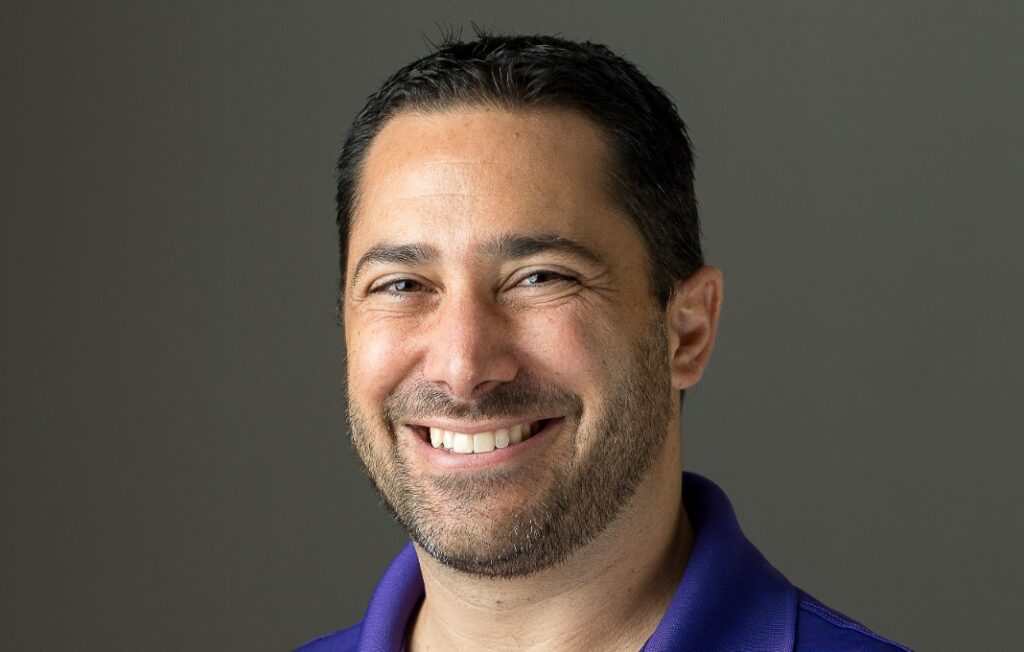Further understanding the science behind how the brain works can enhance employee wellness programs.
That’s the goal of Tan Le, CEO and founder of EMOTIV, a San Francisco-based bioinformatics company. Le spoke with StrategicCHRO360 about the firm’s work with major employers including Dell, why it matters—and how it can help.
Why is EMOTIV focusing on the brain to relieve workplace stress and improve workplace wellness?
The human brain is the center for control and experience, and to this point, we haven’t known too much about what our brains can really do. The truth is, we have very powerful machinery inside our heads that is just waiting to be fully optimized to operate at its best.
When looking at the most significant challenges we face today as a society, workplace stress is something that we all encounter at some point in our working lives. In fact, job stress has been estimated to cost American companies more than $300 billion a year in health costs—and breeds plenty of other issues like absenteeism, poor performance, safety issues and productivity loss.
The simple truth is that each employee experiences work differently, yet many employee wellness and experience programs treat employees similarly. By focusing on the brain, we can help better understand specific factors that affect employee stress, focus, and overall mental and emotional well-being, leading team leaders to design employee experiences and programs that meet the changing specific needs of their teams. Equipped with these tools, employees can be better prepared to meet their unique challenges in the modern workplace.
You’re currently conducting a workplace wellness study using your wearable device and app. What industries are you focusing on for this study? Have any of the results collected so far surprised or shocked you?
Participants in the workplace wellness study used our MN8 wearable device, a Bluetooth 2-channel EEG software system with an integrated stereo headset and an accompanying app, BrainTrak. The device and app work together as a brain coach to analyze the brain data—EEG—in real-time to offer solutions like breaks and meditation strategies and insights regarding their optimal working conditions and workflows.
In this study, we are focusing on any industry looking to understand their teams better and who are looking for solutions that are tailored to each individual worker’s needs in the workplace—whether their team is in the tens of thousands or a specialized team of six. So far, we have begun groundbreaking research with major tech companies like Dell, major media outlets and real estate companies.
One of the first adopters of our workplace wellness tech was Dell, which wanted to study the impact of well-functioning, updated hardware and tech on the employee experience. In the study, our cognitive data showed us that bad tech experiences—i.e., outdated hardware and software—caused employees twice as much stress as their peers with upgraded and efficient office equipment. This data, which was definitive, led Dell to justify prioritizing investment in laptop upgrades.
How will the initiative to understand the brain using EEG technology help HR and management professionals, and what can they learn from this program?
Employees worldwide are demanding greater autonomy and freedom, especially with the radical societal change over the past few years due mainly to the Covid-19 pandemic. For team leaders, adopting a program that measures employee stress and focus can help not only their bottom-line productivity wise but also empower their team members to understand the specific factors that affect their individual stress, focus, and overall mental and emotional well-being.
By using this technology to better understand their teams on this level, HR and management professionals are empowering their employees to have further control over their own overall working experience, helping individual workers optimize their routines and environments in order to work at their personal best.
By implementing employee experience programs grounded in proven brain science, HR leaders are not only signaling that they support each employee’s need to design their own experience—they are equipping themselves with valuable insights for redesigning the workplace toward the best possible conditions for each individual team member and the team they’re part of in this evolving post-pandemic landscape.
By implementing workplace wellness programs, companies can demonstrate that they are committed to viewing employee well-being as a primary objective and not simply an ancillary indicator.
What are three stress-relieving tips backed by EMOTIV’s study involving its BrainTrak app?
Based on the data we’ve collected and analyzed so far using EMOTIV’s machine learning algorithms, which are backed by scientifically validated neurotechnology, here are three stress-relieving tips we stand behind:
Take breaks. In our research, we found that simply setting aside the time to take a break resulted in more energy, less stress and better focus.
Practice mindfulness. Work is taxing for everyone to some degree, and it drains our valuable cognitive resources. So it’s unsurprising that people tend to get less productive over the course of the day, and this is exactly what we’ve found using our machine-learning algorithms. Our Cognitive Efficiency algorithm looks at the relationship between attention and stress to determine when these are at optimal, productive levels. In a study, we found that meditation consistently protected people against productivity declines throughout the day.
Find meaning in your work. Even though work can be stressful at times, we have found that when people performed interesting work, they did not show as drastic productivity declines as when they were doing uninteresting work. When we provided people with feedback about their work habits, brain patterns and optimal break strategies, we found that their cognitive efficiency actually improved when they were doing work that interested them.








